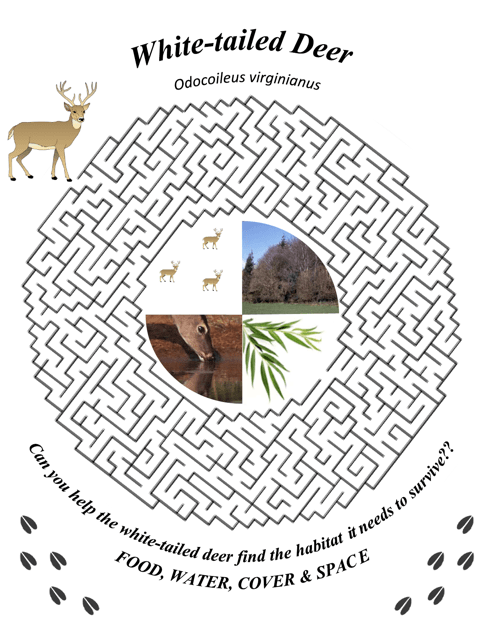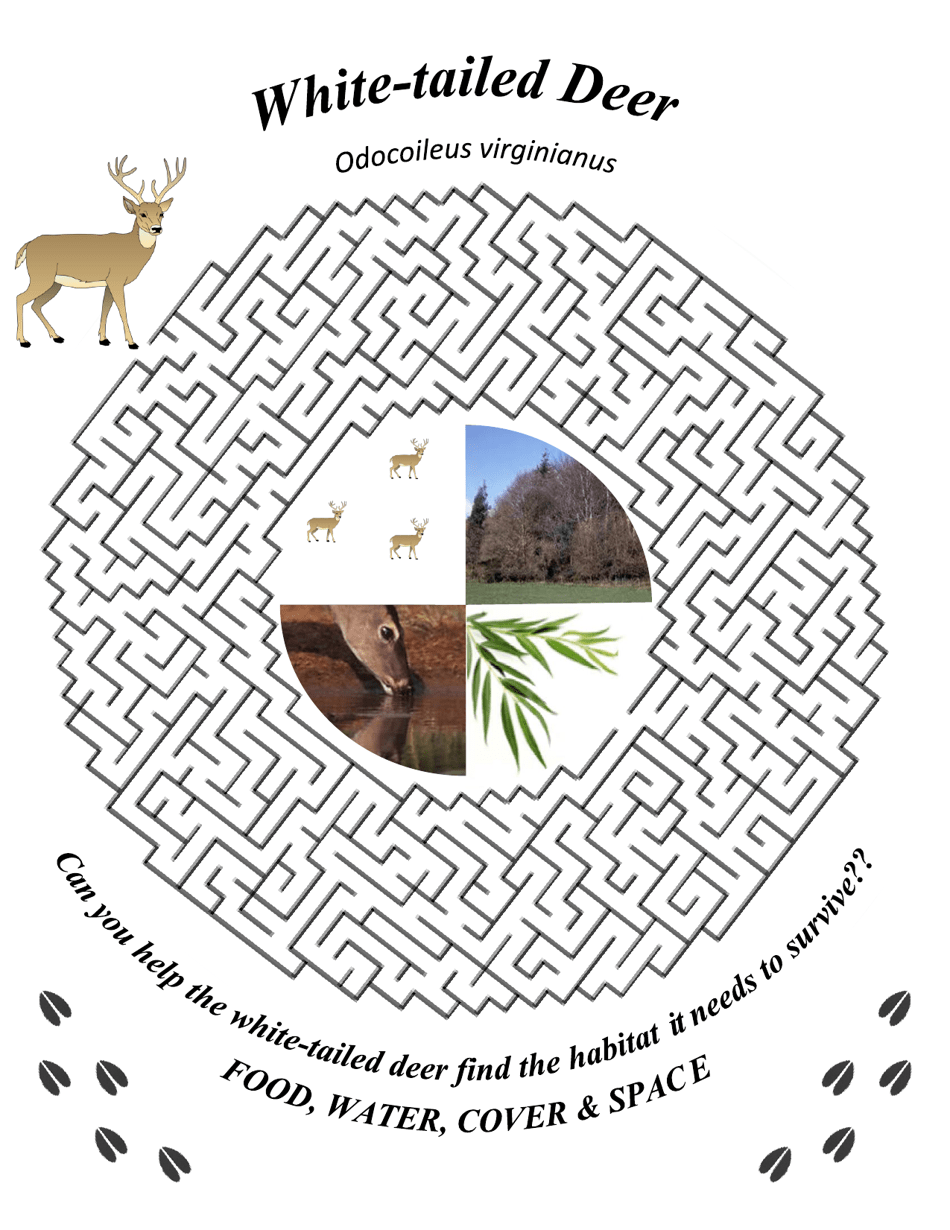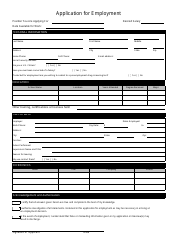White-Tailed Deer Survival Challenge - North Dakota
White-Tailed Deer Survival Challenge is a legal document that was released by the North Dakota Game and Fish Department - a government authority operating within North Dakota.
FAQ
Q: What are the main threats to white-tailed deer in North Dakota?
A: Habitat loss and fragmentation, severe winters, and diseases like EHD and chronic wasting disease.
Q: How do white-tailed deer adapt to survive severe winters in North Dakota?
A: They grow a winter coat, store fat reserves, seek shelter in forests or dense cover, and reduce activity to conserve energy.
Q: What is EHD and how does it affect white-tailed deer?
A: EHD or Epizootic Hemorrhagic Disease is a viral disease transmitted by biting midges. It can cause extensive hemorrhaging and death in deer populations.
Q: What is chronic wasting disease and how does it impact white-tailed deer?
A: Chronic Wasting Disease (CWD) is a transmissible neurological disease affecting deer. It can lead to weight loss, behavioral changes, and eventually death.
Q: What measures are being taken to manage and conserve white-tailed deer populations in North Dakota?
A: Habitat management, hunting regulations, disease surveillance, and population monitoring are some strategies used to manage and conserve white-tailed deer populations.
Q: Can hunting help in managing white-tailed deer populations?
A: Yes, hunting is an important tool for managing deer populations and maintaining a balance between deer and their habitat.
Form Details:
- The latest edition currently provided by the North Dakota Game and Fish Department;
- Ready to use and print;
- Easy to customize;
- Compatible with most PDF-viewing applications;
- Fill out the form in our online filing application.
Download a printable version of the form by clicking the link below or browse more documents and templates provided by the North Dakota Game and Fish Department.



















